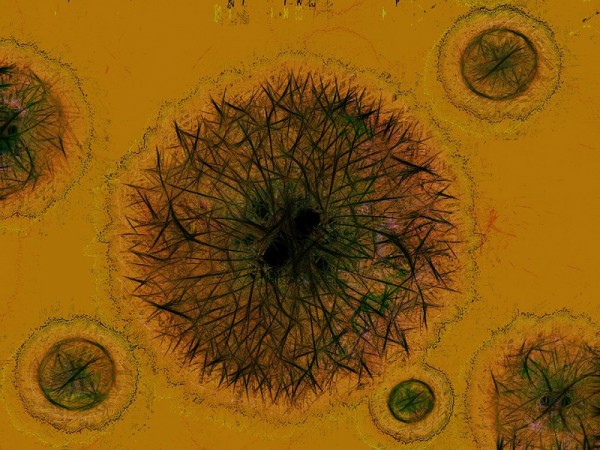By Ana Verayo, | March 10, 2016

Retroviruses apparently began spreading among different large animals in the Ice Age.
Humans possess a special genetic code embedded in DNA that provides needed protection from viruses and infectious diseases. This special code is apparently composed of remnants of ancient retroviruses known as endogenous retroviruses that are passed on from the genomes of our prehistoric ancestors. They now serve as an important agent in fighting against modern day viruses.
Like Us on Facebook
In this new study, scientists are investigating how ERVs began spreading around, and in which places they thrive and originate from, including what kind of animals they prey upon millions of years ago.
New findings suggest that a specific group of ERVs spread out among 28 out of 50 species ancestors of modern mammals, that included rodents, primates and carnivores some 15 to 30 million years ago, acting like a pandemic in the animal kingdom.
Researchers from Boston College discovered that this group of viruses known as ERV-Fc, apparently spread out across all kinds of prehistoric mammals that were observed in almost every continent on the planet, with the exception of Australia and Antarctica.
This new finding also suggests that ERV-Fc can efficiently invade different species of mammals, jumping from one to the next for more than 20 times. Scientists also found out that this ancient group of viruses first appeared as early as the beginning of the Oligocene epoch which is a period marked by climate change as the planet cooled down, triggering the Ice Age.
During this period, vast plains began to flourish with grasslands, as large mammals thrived and evolved into becoming the world's predominant land species. According to Welkin Johnson from Boston University, this environment became conducive for viruses, as they can exist anywhere where there are thriving ecosystems, leading to significant impacts on the evolution of animals, organisms and even bacteria and humans as well.
Viruses cannot leave fossil records, but researchers say that viral genetic sequences from the DNA of ancient organisms can be regarded as molecular "fossils" to help scientists unravel the natural history and evolution of ERVs and their hosts.
The team conducted an intensive search among the genome sequences of mammals with ERV-Fc loci, comparing them with each other. For every genome that holds enough evidence of the ancient virus, the team reconstructed protein sequences of these viruses that are found inside their colonized hosts.
Results reveal that the genome of mammals apparently contained hundreds of thousands of molecular fossils that are similar to ERV-Fc. The viruses even exchanged genes with other viruses, suggesting that gene recombination is a major factor for their survival and evolutionary progress.
According to lead author of the study, William Diehl from Boston College, this new finding can be vital not only in rediscovering the viral sequences of prehistoric times but in providing insight for predicting new and emerging viral infections and their consequences to modern mammals and humans.
This new study is published in the journal eLife.
-
Use of Coronavirus Pandemic Drones Raises Privacy Concerns: Drones Spread Fear, Local Officials Say

-
Coronavirus Hampers The Delivery Of Lockheed Martin F-35 Stealth Fighters For 2020

-
Instagram Speeds Up Plans to Add Account Memorialization Feature Due to COVID-19 Deaths

-
NASA: Perseverance Plans to Bring 'Mars Rock' to Earth in 2031

-
600 Dead And 3,000 In The Hospital as Iranians Believed Drinking High-Concentrations of Alcohol Can Cure The Coronavirus

-
600 Dead And 3,000 In The Hospital as Iranians Believed Drinking High-Concentrations of Alcohol Can Cure The Coronavirus

-
COVID-19: Doctors, Nurses Use Virtual Reality to Learn New Skills in Treating Coronavirus Patients







